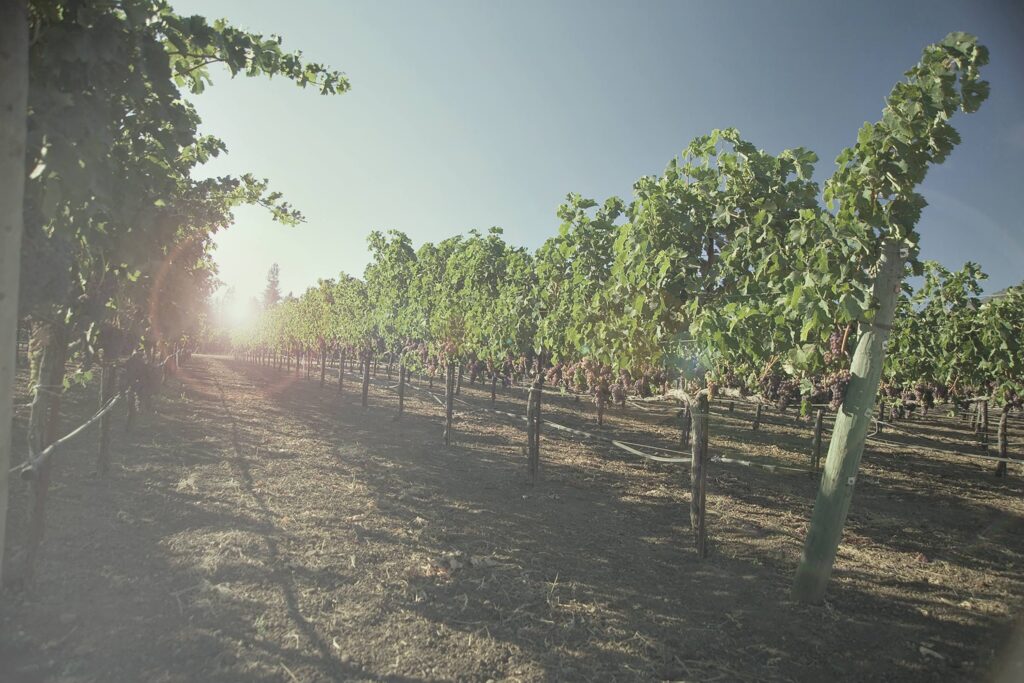Our manufacturing site is located in the Southern Palatinate not far from Landau. The important raw material for our fertilizer, plant aid and soil aid is grape marc, which, at first, undergoes a process of fermentation and then a special long-termed process of humus production.
Our raw material, grape marc, comes from Southern Palatinate on the border to the Northern Alsace. Due to its sunny Mediterranean climate this region is rightly named “German Tuscany”. That is why we have the best possible conditions for our manufacture of bio fertilizers from grape marc.

The production process of hummus out of grape marc undergoes five phases. In the end we have a unique bio fertilizer with an enduring effect. It develops its special effect as a single fertilizer as well as an additive mixed with other fertilizer components. There appears a ready to be spread powder without smell, of dark brown colour.
The powder contains not only well-balanced major (nutrient) elements – nitrogen, phosphorus and potassium- it is also rich in trace elements, secondary plant matter and growth substances from grape marc and organic acids.

The special effect of humus produced from grape marc is a result of its reach humic acids content. Humic acids provide for higher humus content in soil. The nutrients are released in soil much as they are needed over a long period of time. This way the fertilizer overdose or erosion of nutrients is prevented. Due to the sustainable use, the soil structure grows better. As a result, we have healthier plants, lush growth, flavorous fruits and herbs.
A comparative study in 2004 proved that the grape marc in particular has not only fertilizing effects but also strengthens plants against infective agents. This effect is a result of a special microbial activity of grape marc.
The SOLVITA soil tests discovered a stronger activity of the soil microorganisms. Here a significantly high rate of metabolism and the nitrogen release of 85 kg/ha was measured on the sandy loess loam.
A piece of research finished in Bonn in 2012 proved the effect of gape marc improving the quality and quantity of grape crops in Chile. The vines showed strong and developed roots as well as a significant fermentative activity.